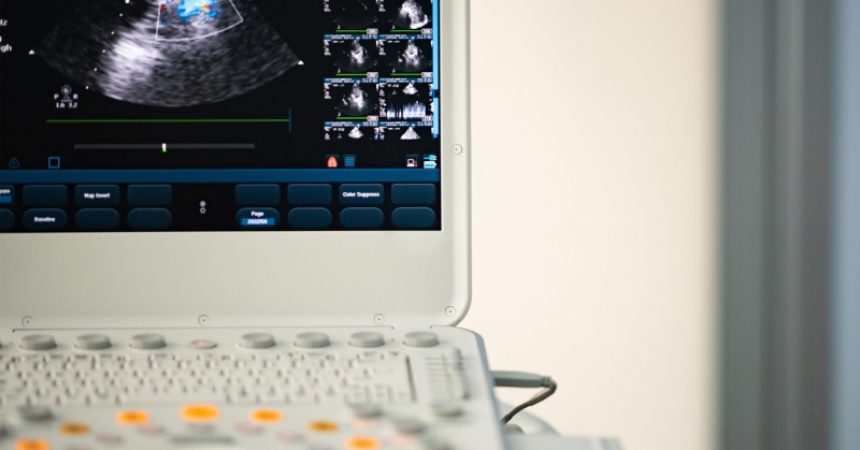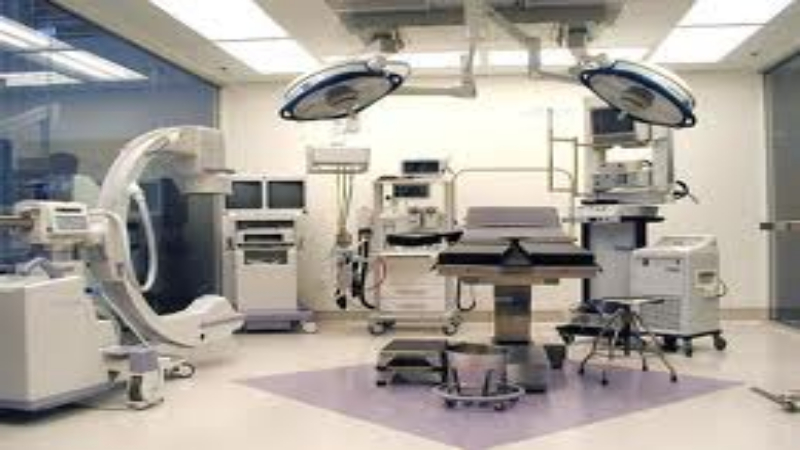The ion beam deposition process is the application of a film on the surface of a material using an ion beam. It works by utilizing concurrent ion beam bombardment in combination with evaporation. This technique is valuable because it can improve many physical components of an object. It allows for control over the characteristics of the film applied to the item as well. Some examples of material characteristics that can be altered include density, chemical composition, stress level, and morphology. The films created in this process are dense and strongly adhere to the object. Since this process can be used on virtually any material it is beneficial to many fields and studies. One of the professional areas that benefits from the process is the medical field.
Infection Resistance
Infection control is a top priority in the medical field. Applying a thin film over objects with an ion beam can contribute to lower rates of infection during and after procedures by improving the quality of materials used. For example, coating orthopedic, spinal, and dental implants in silver creates a layer of antimicrobial protection. Using ion beams to apply films to catheters and vascular grafts increases infection resistance for these materials as well.
Thromboresistance
The formation of a thrombus, commonly referred to as a blood clot, can be dangerous. If a thrombus forms and breaks free, it can travel to the lungs and cause a pulmonary embolism. This is a life-threatening condition and can be especially harmful to elderly patients. After heart surgery, the chance of developing blood clots increases. Ion beam deposition makes the creation of thromboresistant materials possible. A heparin-based coating is used in the fabrication of medical devices placed in the body. This coating minimizes clotting reactions in the body, making the placement of medical devices safer.
Biocompatibility
The biocompatibility of a material refers to its ability to interact positively with the human body. When a foreign material is introduced to a body, the immune system will often react negatively because it is designed to identify and destroy material that it does not recognize as its own. This is how the body fights illness and disease. However, the introduction of medical devices such as heart stents and hip replacements can upset the body’s immune system and cause problems. Creating materials with the help of an ion beam can improve the success of implants such as pace makers by engineering the surfaces of materials to be more biocompatible with the human body.
By helping create better materials, ion beam deposition has allowed for considerable improvements to medical technology.



